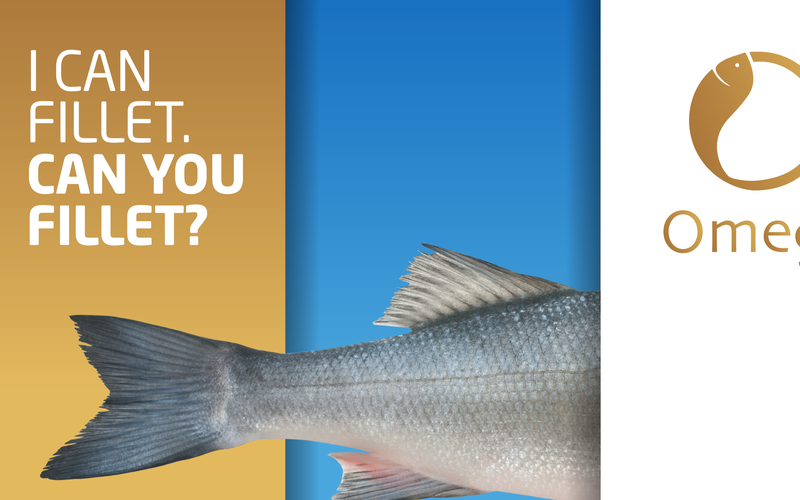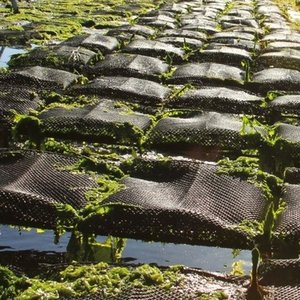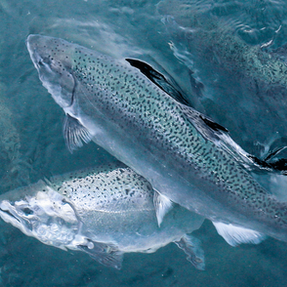Aquasoja recently launched Aquasoja OMEGA feed line that includes as the only lipidic source, a carefully selected fish oil, quite rich in EPA and DHA and with its origin on trimmings from wild Atlantic fish, reflecting the company’s circular economy approach.
Fish, like all marine organisms, are the only sources of EPA and DHA, known to have several benefits for humans’ health, related to cognition, healthy mood, immunity, brain, eyes and heart function, among others. There is even a recommendation by the European Food Security Authority (EFSA) for the dietary intake of EPA+DHA, based on cardiovascular risk considerations for European adults, which is of 250-500 mg/day. Moreover, it has been proclaimed the urgent need to change the diet habits of (mainly) the occidental countries as they have evolved in the last century into a high n-6:n-3 ratio. It is known that n-6 fatty acids present high pro-inflammatory activity leading to cardiovascular diseases, obesity, cancer, diabetes, or autoimmune diseases whereas n-3 fatty acids are prominently anti-inflammatory agents. The goal is to bring diet’s n-6:n-3 ratio ideally to 4:1, as this is the recommended ratio shown to decrease in 70% the mortality associated with cardiovascular disease. To achieve this, it urges not only to the reduction of the intake of n-6 fatty acids sources (fried snacks, fast food, vegetable oils, etc.) but also the increase of the intake of n-3 fatty acids sources (where fish, crustaceans, bivalves are the richest sources of EPA and DHA). As so, fish is here seen as a very interesting and valuable food, whose ingestion must be boosted.
“But not all fish are the same and what they eat has a major influence on their fillet characteristics. Wild fish is different from farmed fish and between farmed fish, we may find huge differences,” the company said.
Despite the fact fishmeal and fish oil are the golden sources of protein and energy in fish nutrition, for 20 years now, due to sustainability and economic issues associated with extractive fisheries, the ingredients pattern in fish diets changed. Alternative raw materials started being investigated and vegetables became the main source of the main nutrients to farmed fish, with impacts on fillet’s fatty acids profile in favor of higher n-6 levels and lower n-3 content. “Nonetheless, and on the other hand, fish marketing is recently experiencing some changes towards added value fish/fillets. The information we see in fish labeling increasingly appeals to the nutritional characteristics of fish, namely to the benefits related to omega-3. It is very easy to find nowadays fish fillet labels claiming “High in omega-3” or “Omega-3 rich”. Less easy to find but starting to appear in the markets and some fish producers websites are the claims “Rich in omega-3 EPA and DHA” or “Rich in marine omega”. In fact, omega-3s are not all the same and this distinction is relevant. Finally, there are the ones claiming “Ratio n-3/n-6” or detailing the contents of these fatty acids in fish labeling,” the company said.
“This funneling of claims from omega-3 in general to the ratio n-3/n-6 is pertinent and makes all the sense to Aquasaja because, from a human health point of view, it is important to well balance the anti-inflammatory characteristics of n-3 fatty acids with the pro-inflammatory ones of n-6. Therefore, if the consumers seem to be more and more valuing healthy fish, rich in omega-3, our mission shall be to help fish attain a high n-3/n-6 ratio target,” the company concluded.













